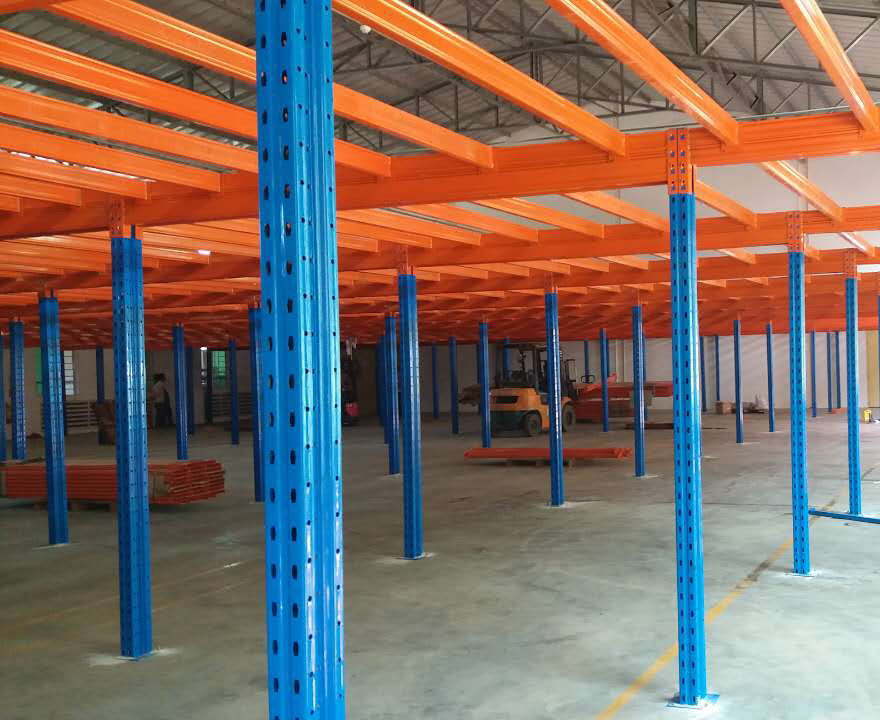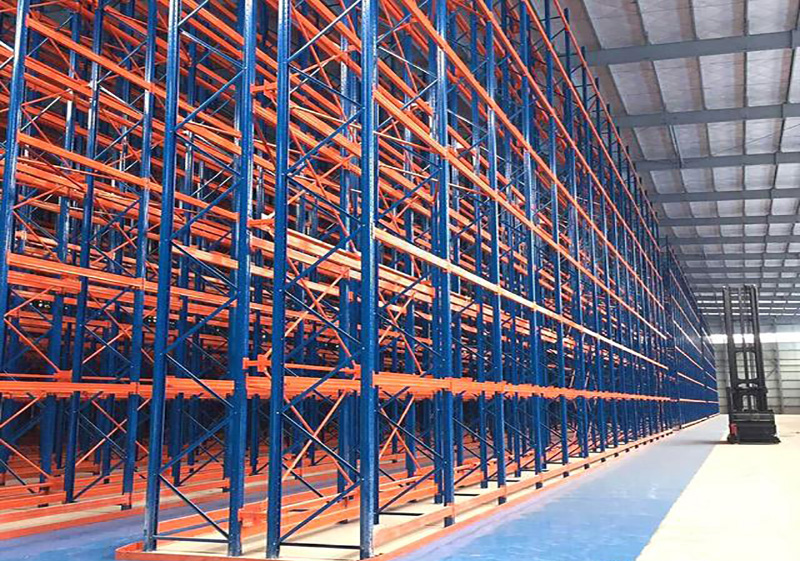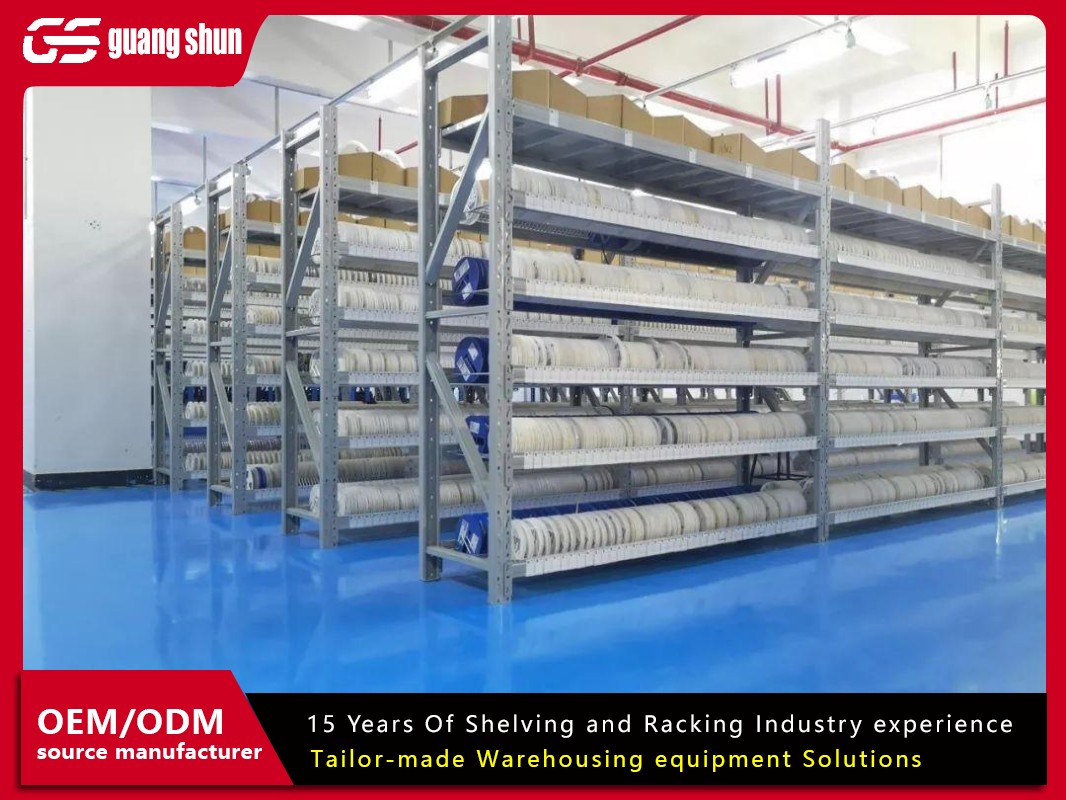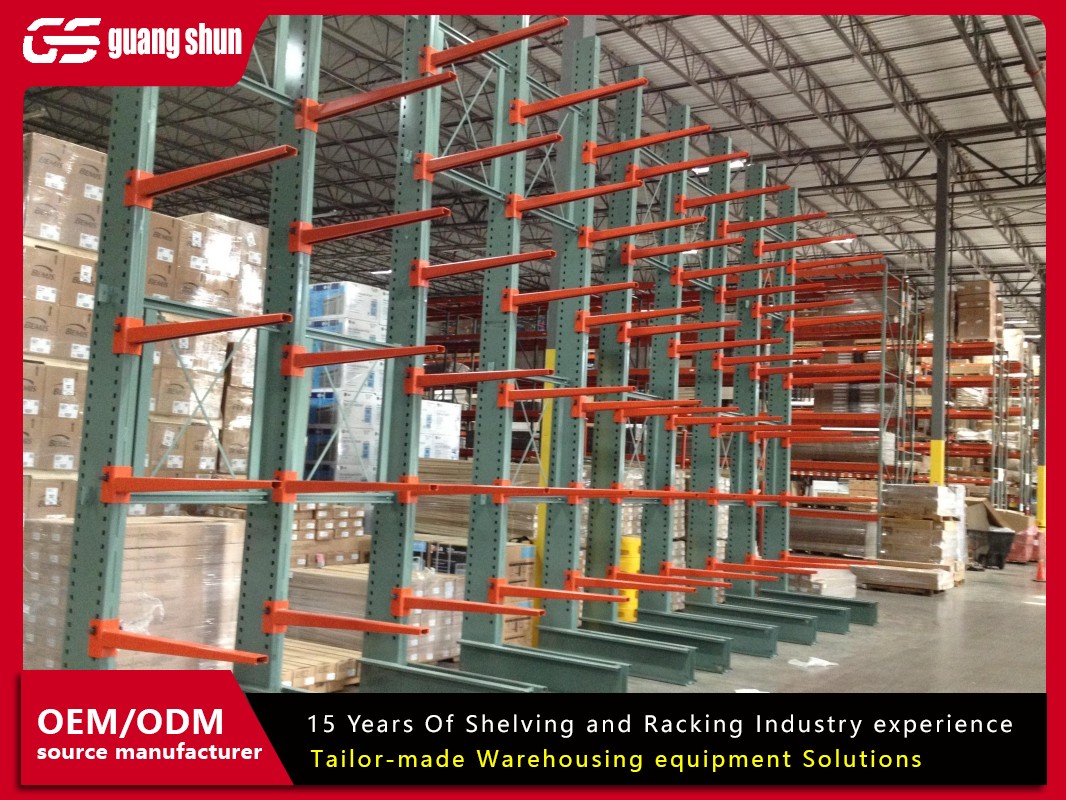In an era where every square foot of space and every second of productivity counts, businesses and institutions are constantly seeking smarter solutions for organization and storage. Enter motorized shelving systems—a transformative innovation that is redefining how we utilize space in warehouses, libraries, archives, retail backrooms, and even healthcare facilities. These are not your standard static shelves; they are dynamic, high-density storage solutions operated by electric motors. By eliminating unnecessary aisles, they consolidate storage capacity, enhance security, and streamline workflow. This article delves into seven key ways these advanced systems are revolutionizing storage and operational efficiency.

What Exactly Are Motorized Shelving Systems?
At their core, motorized shelving systems, also known as automated or mobile shelving systems, are units mounted on carriage systems that move along tracks embedded in the floor. Instead of having multiple fixed aisles between each shelving bay, only one aisle is created where needed. The user activates the system via a button, touchscreen, or remote control, causing the shelving units to glide apart and open an aisle at the specific location of the desired item.
This fundamental design principle is what sets them apart. A typical installation consists of several rows of shelving, all but one of which can be moved. The systems are powered by an electric motor, often located in the base carriage, ensuring smooth and quiet operation. This ingenious approach to space management makes motorized shelving systems a powerful tool for maximizing storage density in any environment.
The Unbeatable Space Efficiency of Mobile Aisles
The most immediate and impactful benefit of motorized shelving systems is their dramatic increase in storage density. In a traditional static shelving layout, aisles can consume up to 50% or more of the total floor space. This is a significant inefficiency, especially in high-rent urban areas or facilities where space is at a premium.
Motorized shelving systems solve this problem by condensing the storage footprint. By having only one mobile aisle, these systems can effectively double or even triple your storage capacity within the same floor area. For a company facing expansion or an archive with a growing collection, this means avoiding the costly need for physical relocation or building an extension. The space saved can be repurposed for other productive uses, such as additional workstations, client areas, or other operational equipment.
Enhanced Security and Controlled Access
Not every item stored on shelves needs to be accessible to everyone. In settings like law firms, government archives, pharmaceutical storage, or museums, controlling access to sensitive or valuable items is paramount. Motorized shelving systems offer inherent security advantages.
Access can be restricted through integrated electronic locks, keypads, or swipe card access. This ensures that only authorized personnel can operate the system and retrieve items. Furthermore, when the aisles are closed, the stored items are effectively "hidden" and physically inaccessible, reducing the risk of theft, tampering, or unauthorized handling. Some advanced systems can even be integrated with building security networks, providing an audit trail of who accessed which aisle and when.

Improving Worker Safety and Ergonomics
Manual handling in cramped, poorly lit aisles can lead to workplace accidents and musculoskeletal injuries. Motorized shelving systems contribute significantly to a safer working environment. The aisles created are always perfectly aligned and can be designed to be wider than typical static aisles, providing ample room for personnel to retrieve items safely and comfortably.
The systems eliminate the need for staff to bend, reach, or strain in tight spaces. Additionally, features like safety floor sensors, anti-tilt mechanisms, and emergency stop buttons are standard. These safety protocols ensure that if an obstruction is detected or a button is pressed, the system halts immediately, preventing potential accidents. Improved lighting can also be installed within each aisle, ensuring optimal visibility only where and when it is needed.
Boosting Productivity and Retrieval Speed
Time is money, and time spent searching for items is time wasted. Motorized shelving systems drastically reduce retrieval times. Instead of walking up and down long rows of shelves, staff can simply input a location code, and the system opens an aisle directly to that section.
When integrated with inventory management software, these systems can transform into fully automated retrieval solutions. A worker can select an item from a computer database, and the corresponding shelving bay will automatically open. This streamlined process minimizes human error, reduces labor costs, and allows employees to focus on more value-added tasks than just searching for items. The efficiency gains in order fulfillment, archival retrieval, or parts picking are substantial.
Superior Protection for Your Assets
Whether you are storing historical documents, delicate product samples, or expensive tools, protecting your assets from environmental damage is crucial. Motorized shelving systems offer enhanced protection in several ways. By minimizing the number of open aisles, they reduce the amount of dust, light, and fluctuating humidity that can come into contact with stored items.
The compact design also makes it easier and more cost-effective to create a controlled microclimate. Sealing the perimeter of the system and integrating it with HVAC or dehumidification systems is far more efficient than trying to climate-control an entire warehouse or room with multiple open aisles. This makes motorized shelving systems an ideal choice for preserving sensitive materials.
The Smart Integration with Modern Management
Today's motorized shelving systems are more than just mechanical storage; they are a key component of the Internet of Things (IoT) in industrial and commercial settings. They can be seamlessly integrated with Warehouse Management Systems (WMS), Enterprise Resource Planning (ERP) software, and digital archives.
This integration allows for real-time inventory tracking, automated reordering triggers, and sophisticated data analytics on storage usage patterns. Managers can gain unprecedented visibility into their inventory, optimizing stock levels and layout for even greater efficiency. The system itself can provide diagnostic data, alerting maintenance teams to potential issues before they lead to downtime.
Frequently Asked Questions (FAQ)
Q1: Are motorized shelving systems expensive to install?
A1: The initial investment for a motorized shelving system is typically higher than that of traditional static shelving. However, this cost must be evaluated against the long-term savings. By doubling your storage capacity within the same footprint, you save on real estate costs. Additional savings are realized through improved productivity, reduced labor costs, and enhanced asset protection, leading to a compelling return on investment over time.
Q2: What happens if there is a power outage?
A2: Reputable motorized shelving systems are designed with manual override options for such scenarios. This usually involves a hand crank that allows personnel to manually open an aisle. Furthermore, backup battery systems are often available as an add-on feature to ensure operation during short-term power interruptions.
Q3: Can these systems handle very heavy loads?
A3: Absolutely. Motorized shelving systems are engineered for high capacity. The carriage and track systems are rated for specific load limits, often exceeding 1,000 kg per shelf bay. It is crucial to discuss your specific load requirements with the manufacturer during the design phase to ensure the system is configured to handle your weight demands safely.
Q4: How much maintenance do motorized shelving systems require?
A4: These systems are designed for durability and require minimal maintenance. Regular preventive maintenance typically involves visual inspections, checking the track for obstructions, and ensuring safety features are functional. An annual professional service check is recommended to lubricate moving parts and inspect the motor and electrical components.
Q5: Can they be installed in an existing building, or do they require a special foundation?
A5: In most cases, motorized shelving systems can be installed in existing buildings. The primary requirement is a level and structurally sound concrete floor capable of supporting the concentrated loads. A professional site assessment is always conducted beforehand to confirm the floor's suitability and to plan the track installation. Retrofitting is a common and successful practice.







